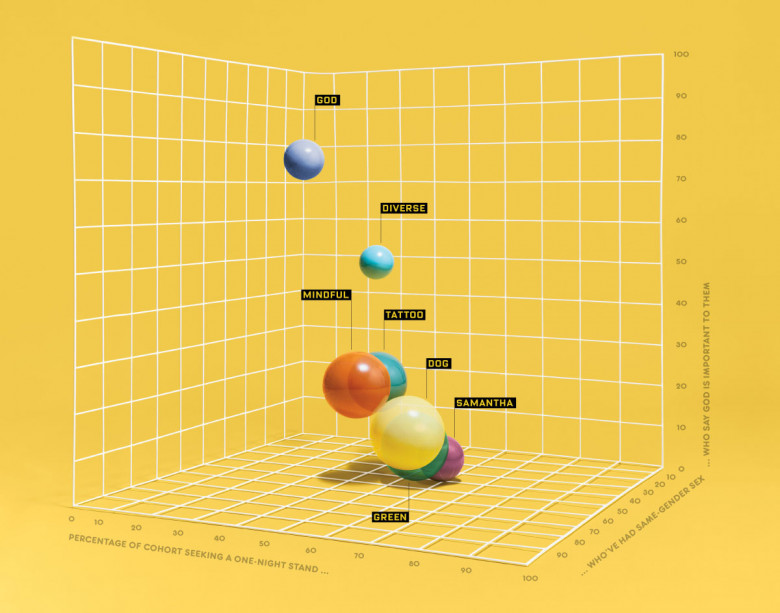How a Math Genius Hacked OkCupid to Find True Love
Chris McKinlay was folded into a cramped fifth-floor cubicle in UCLA’s math sciences building, lit by a single bulb and the glow from his monitor. It was 3 in the morning, the optimal time to squeeze cycles out of the supercomputer in Colorado that he was using for his PhD dissertation. (The subject: large-scale data processing and parallel numerical methods.) While the computer chugged, he clicked open a second window to check his OkCupid inbox.
McKinlay, a lanky 35-year-old with tousled hair, was one of about 40 million Americans looking for romance through websites like Match.com, J-Date, and e-Harmony, and he’d been searching in vain since his last breakup nine months earlier. He’d sent dozens of cutesy introductory messages to women touted as potential matches by OkCupid’s algorithms. Most were ignored; he’d gone on a total of six first dates.
On that early morning in June 2012, his compiler crunching out machine code in one window, his forlorn dating profile sitting idle in the other, it dawned on him that he was doing it wrong. He’d been approaching online matchmaking like any other user. Instead, he realized, he should be dating like a mathematician.





































































